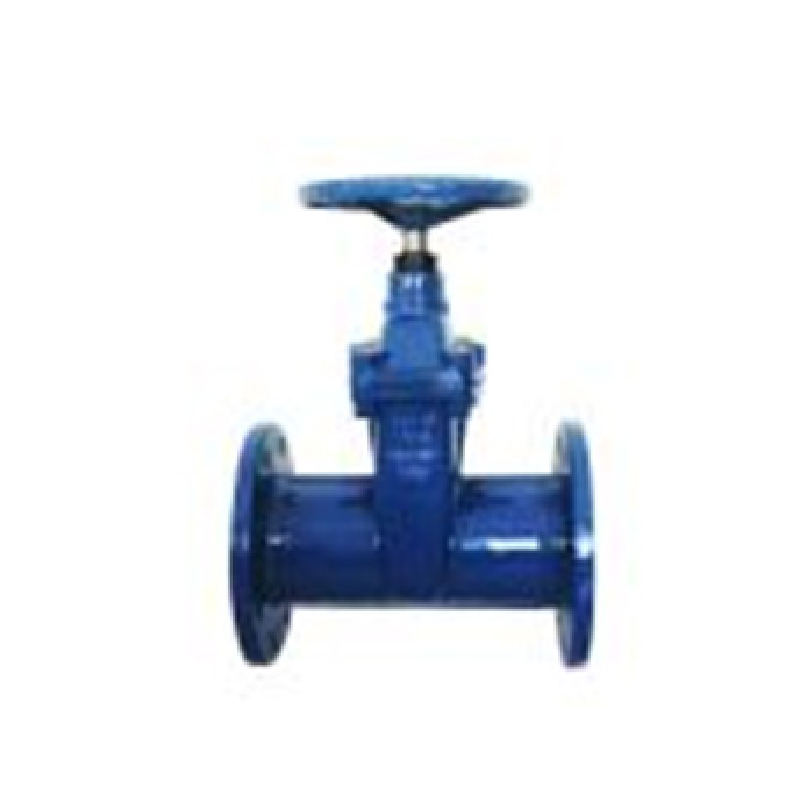9 月 . 10, 2024 18:14 Back to list
Electric Actuated Butterfly Valve - Enhancing Flow Control Efficiency
Electric Actuated Butterfly Valve An Overview
An electric actuated butterfly valve is a crucial component in various industrial processes, providing efficient control over the flow of liquids and gases. This type of valve combines a butterfly valve's design with an electric actuator, allowing for precise, remote-controlled operation. As industries increasingly adopt automation, electric actuated butterfly valves have seen significant growth in demand due to their reliability, efficiency, and ease of integration into control systems.
Operating Principle
The butterfly valve consists of a circular disc or plate mounted on a shaft. When the valve is opened, the disc rotates to a position parallel to the flow, allowing fluid to pass through. Conversely, when closed, the disc rotates to block the flow entirely. The electric actuator is attached to the valve and operates via an electric motor, which controls the opening and closing of the valve according to signals received from a control system. This automation provides operators with the ability to manage processes efficiently and safely.
Advantages
One of the primary benefits of using electric actuated butterfly valves is their energy efficiency. Unlike pneumatic or hydraulic actuators, electric actuators consume power only during operation, reducing overall energy costs. Additionally, electric actuators provide precise control, enabling operators to achieve desired flow rates and optimize processes effectively.
electric actuated butterfly valve

Another significant advantage is the ease of installation and maintenance. Electric actuated butterfly valves require less piping and fewer components than other types of valves, lowering installation costs. Furthermore, with fewer moving parts, maintenance is simplified, leading to reduced downtime in industrial applications.
Applications
Electric actuated butterfly valves are widely used across various industries, including water treatment, oil and gas, chemical processing, and HVAC systems. In water treatment plants, for instance, they are employed to control the flow of water in treatment processes, ensuring that operations are efficient and compliant with environmental regulations. In the oil and gas industry, these valves play a crucial role in controlling the flow of hydrocarbons, ensuring safe and efficient transport through pipelines.
Conclusion
In conclusion, electric actuated butterfly valves are an integral part of modernas industrial automation. Their ability to provide reliable and efficient flow control, combined with easy installation and maintenance, makes them a preferred choice among engineers and operators. As industries continue to move towards automation and energy efficiency, the role of electric actuated butterfly valves will undoubtedly become even more prominent, paving the way for advancements in process control and management.
Share
-
Understanding the Differences Between Wafer Type Butterfly Valve and Lugged Butterfly ValveNewsOct.25,2024
-
The Efficiency of Wafer Type Butterfly Valve and Lugged Butterfly ValveNewsOct.25,2024
-
The Ultimate Guide to Industrial Swing Check Valve: Performance, Installation, and MaintenanceNewsOct.25,2024
-
Superior Performance with Industrial Swing Check Valve: The Essential Valve for Any SystemNewsOct.25,2024
-
Industrial Swing Check Valve: The Ideal Solution for Flow ControlNewsOct.25,2024
-
You Need to Know About Industrial Swing Check Valve: Functionality, Scope, and PerformanceNewsOct.25,2024